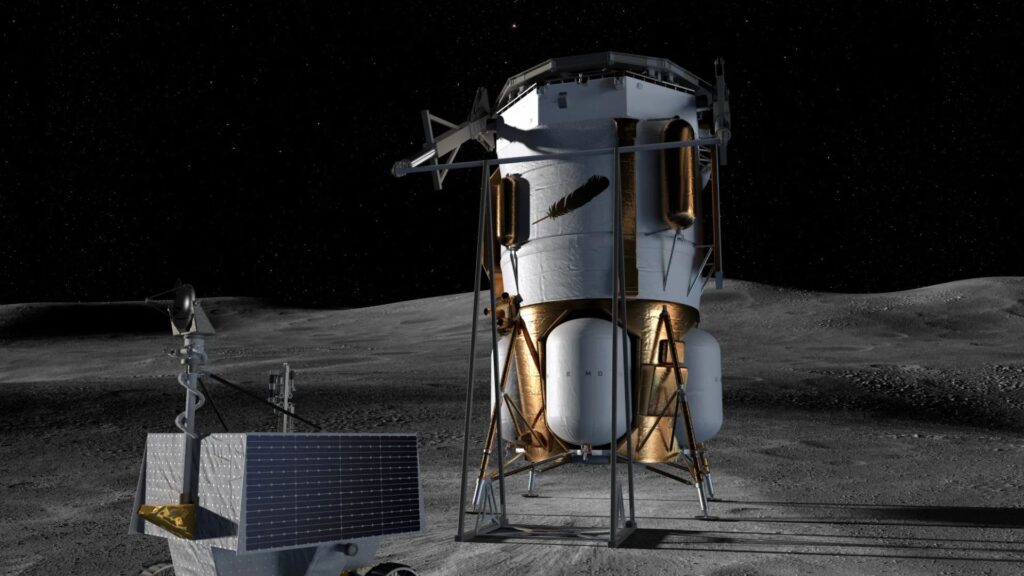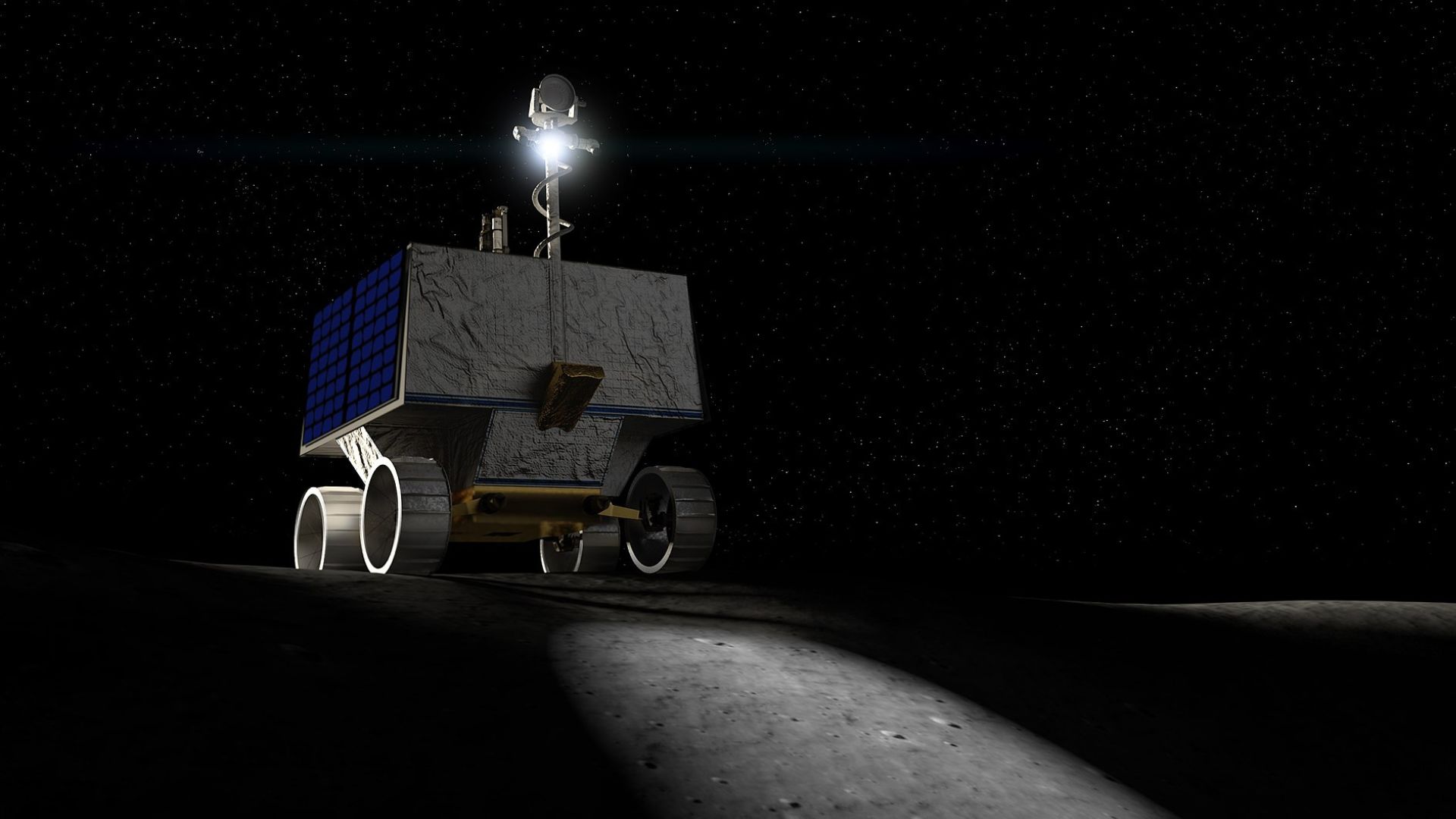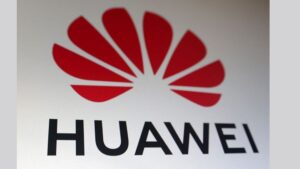
NASA has awarded Blue Origin a $190 million contract to land its Volatiles Investigating Polar Exploration Rover (VIPER) at the Moon’s south pole in late 2027, reversing the agency’s July 2024 decision to cancel the mission after budget overruns and delays threatened its viability.
Second Chance After Cancellation
VIPER was originally scheduled to launch in November 2023 aboard Astrobotic’s Griffin lander under NASA’s Commercial Lunar Payload Services (CLPS) program. The mission aimed to map lunar water ice deposits in permanently shadowed craters—data vital for planning sustainable human operations under the Artemis program. However, supply-chain disruptions and technical setbacks drove development costs from an initial $250 million to $609.6 million. In July 2024, NASA canceled VIPER to avoid $84 million in projected additional spending, despite the rover having completed all environmental and integration testing. Over 2,500 scientists signed an open petition urging NASA to reinstate the mission, arguing that VIPER’s unique payload suite of ground-penetrating radar, mass spectrometer, and neutron spectrometer offered irreplaceable insight into lunar resources.
Blue Origin Steps In
Under the renewed VIPER award—contract number CS-7—Blue Origin will use its Blue Moon Mark 1 lander to deliver the rover to a south-polar landing site selected for high ice probability. This marks Blue Origin’s second CLPS contract, following its earlier selection to deploy NASA’s Lunar Vertex station later in 2026. Blue Origin’s responsibilities include mission architecture, payload integration, and rover deployment; NASA retains scientific oversight and will operate VIPER’s instruments during its 100-day surface mission. “Our second Blue Moon Mark 1 lander is already in production and well suited to support VIPER,” Blue Origin said in a statement, noting lessons learned from their initial CLPS mission will inform robust system design and risk mitigation.
Contract Structure and Options
The $190 million award covers a base phase to finalize lander–rover interfaces, perform deployment demonstrations in terrestrial analog environments, and complete critical design reviews. An option for full mission execution—covering launch services, transit operations, and lunar landing—will be exercised by NASA following Blue Origin’s performance on an interim delivery milestone in mid-2026. This staged approach reduces NASA’s financial exposure and leverages commercial innovation to control costs. Compared to the original Griffin-based plan, NASA estimates savings of 20% in total program expenses and a 15% reduction in technical risk by using Blue Moon’s modular design.
Scientific and Exploration Impacts
VIPER’s reinvigorated mission promises to deliver the first high-resolution map of hydrogen-bearing compounds in the lunar south pole’s permanently shadowed regions. The rover’s Vacuum-Enhanced Volatiles Analysis suite will drill up to 1 meter below the surface, analyze ice grain composition, and quantify water concentration. Data from VIPER will inform design of in-situ resource utilization (ISRU) systems for extracting water for life support and propellant production—cornerstones of NASA’s long-term goal to establish a sustainable human presence on the Moon and enable future Mars exploration.
Strategic and Policy Context
Acting NASA Administrator Sean Duffy hailed the award as proof of leveraging U.S. commercial capabilities: “NASA is leading the world in exploring more of the Moon than ever before, and this delivery is just one of many ways we’re partnering with industry to support a long-term American presence on the lunar surface.” The VIPER contract renewal reflects broader agency policy under the Artemis Accords to use public–private partnerships for deep-space exploration. Congress praised the decision in a joint statement, noting that VIPER’s resource data will underpin NASA’s Artemis Base Camp architecture and help the U.S. maintain leadership in lunar science and exploration.
By entrusting VIPER to Blue Origin’s proven lander design and phased contracting strategy, NASA revives a mission that had captivated the scientific community and ensures that the agency will once again investigate the Moon’s vital water resources—critical to the next era of human exploration











